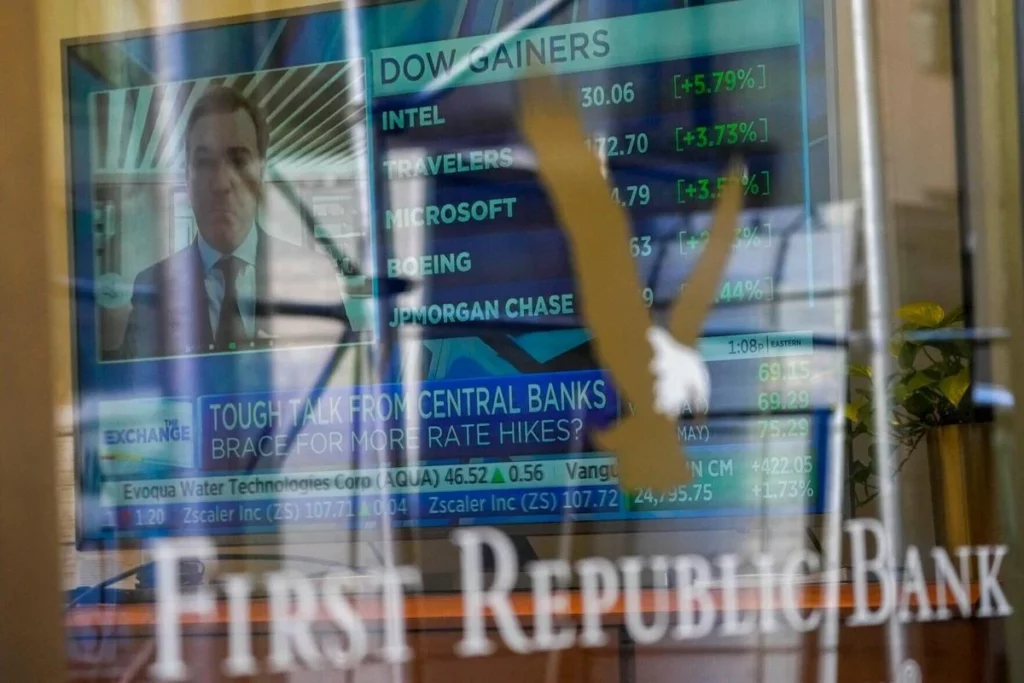The consequences of the First Republic Bank’s failure would have been catastrophic for the US financial system and the broader economy. As a result, the US government took swift and decisive action to address the crisis, deploying a range of emergency measures to preserve financial stability and prevent a systemic meltdown. These efforts ultimately helped to avert a full-blown banking crisis and laid the groundwork for crucial reforms in the financial sector.
The Role of the US Government in Preserving Financial Stability

The US government plays a critical role in preserving financial stability, both during times of crisis and as part of its ongoing responsibilities. As the guardian of the nation’s financial system, the government has a duty to ensure that banks are well-capitalized, well-regulated, and able to withstand financial shocks. This requires a combination of proactive measures, such as setting and enforcing capital requirements and supervising banking activities, as well as reactive measures, such as providing emergency assistance in the event of a crisis.
During the First Republic Bank crisis, the US government’s role in preserving financial stability was put to the test. The government faced a race against time to prevent the bank’s collapse, which would have had severe knock-on effects throughout the financial system. To achieve this, the government had to act quickly and decisively, using a range of policy tools and interventions to stabilize the situation and restore confidence in the system.
Government Interventions During the First Republic Bank Crisis
One of the key interventions during the crisis was the provision of emergency liquidity assistance to the First Republic Bank. The government recognized that a lack of access to funding was a major factor in the bank’s troubles and that providing liquidity support would help to alleviate some of the immediate pressures on the institution. This assistance took the form of loans from the Federal Reserve, which helped to shore up the bank’s balance sheet and prevent a disorderly collapse.
Impact on the Banking Industry and Regulations

The First Republic Bank crisis had a profound and lasting impact on the US banking industry, as well as the broader regulatory environment. The crisis exposed significant vulnerabilities in the financial system and highlighted the need for more robust oversight, regulation, and risk management practices.
In conclusion, the First Republic Bank crisis was a seminal event in the history of the US financial sector, forcing the government to take urgent action to preserve financial stability and prevent a systemic meltdown. The crisis has had a lasting impact on the banking industry and the regulatory environment, leading to significant changes in the way banks operate and the standards to which they are held. These changes have helped to strengthen the resilience of the financial system and to reduce the risk of future crises, ensuring that the lessons of the First Republic Bank crisis are not forgotten.






